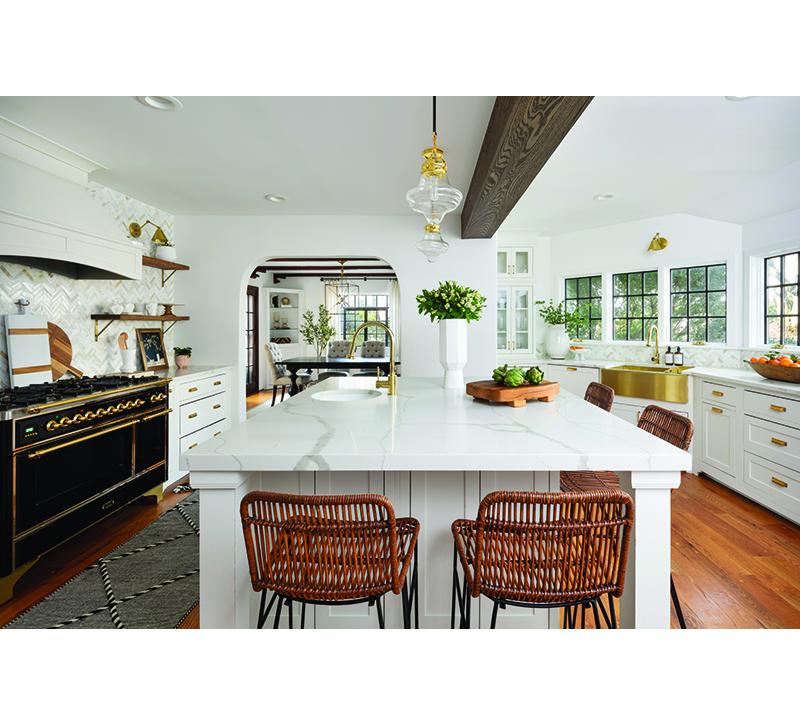In its most common usage, the term “resimercial” is the practice of incorporating residential design elements into commercial spaces, giving them the relaxed comfortable feeling of home while remaining durable and clean, with furnishings able to stand up to frequent use in a hospitality or other commercial environment. But as home becomes a place we spend more than just our evenings and weekends; they’re demanding tougher materials that are long lasting and easier to clean. We asked designers what built-to-last materials and surfaces they’re recommending to clients.
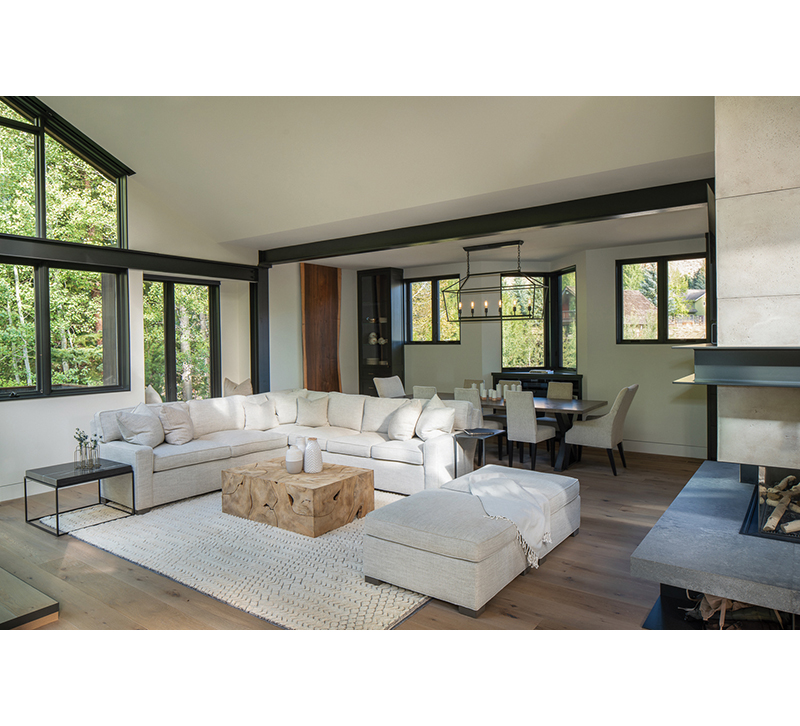
“I think in any scenario we need to know the person or the space that we’re designing for and how it’s best going to function and endure whatever the conditions are,” says Sarah Latham, Principal of Latham Interiors, located in Ketchum, ID. “In commercial spaces, you’re designing for all sorts of people and uses that you’re not always aware of and have to overly plan for durability. I think that happens automatically in residential design, depending on the client and their lifestyle. Clients with kids or pets or grandchildren or who entertain a lot, those can be high-use, and we’re always considering the surfaces and materials that we’re specifying in order to give life and longevity to those spaces.”
Clear design trends have emerged from the COVID-19 pandemic. Open floor plans are going out of style, with people looking for privacy and areas of quiet. Living, working, and learning at home have driven the need for multifunctional rooms and furnishings. But with this multifunctionality comes increased use and wear on the furniture and surfaces we’re sitting on, walking on and cleaning more frequently than before.
“As family-friendly designers, we have always recommended performance materials that can stand up to the wear and tear of daily family life,” says Lina Galvao, Co-Founder of Curated Nest Interiors in New York. “Kids, dogs, guests, spills, arts and crafts, the works. No material is completely bulletproof in these settings, but we love performance fabrics for upholstery, polypropylene rugs for high traffic areas, quartz for kitchen counters or bathrooms, and vegan leather for wipe ability on dining area upholstery.”
Upholstery Upkeep
Even before the pandemic, many designers noted that they specify indoor/outdoor performance fabrics for indoor upholstery, particularly for families with children and pets. Today’s performance fabric technology is more advanced than ever before, with options that now include performance leathers and plush nylon fabrics that mimic the feel of velvet. The hand of these textiles is softer and more luxurious than they used to be, giving them broad appeal inside the home.
A custom sofa with performance upholstery will stand the test of time, at a cost. This higher price point combined with recent supply chain issues have all influenced purchasing decisions.
“People are feeling that level of commitment so that when they’re purchasing, they really want great quality,” says Daniella Hoffer, Principal
Designer of Daniella Hoffer Interiors in New Jersey. “They’re not going to wait four months for a sofa that they’re going to have to replace in two years.”
Latham says clients and consumers should be careful in prioritizing speed over quality.
“They don’t want to spend a tremendous amount of money on a sofa that they’re not going to have use of in another 10 or 15 years,” she says.
“There are so many do-it-yourself catalog companies now that offer the same kind of aesthetic, when residential used to just be more crafted and cared for. I think that people are buying quickly as well, and not realizing that that may not last as long.”
Aside from the material itself, Latham says pattern and color can go a long way in preserving the longevity of upholstery, as they hide dirt and stains more easily and minimize the look of wear. Ultimately, though, the cleanliness of a space is dependent on the homeowner, so designers are equipping their clients with the tools and information they need to preserve the integrity of their furnishings.
“Commercial-grade materials are more easily sanitized,” says Cara Fox, Owner and Lead Designer for The Fox Group in Salt Lake City. “You can use a wider range of cleaning products on durable materials that don’t have to be cleaned a certain way.”
In kitchens and dining rooms, where in addition to cooking and eating many are still working and learning, durable fabrics that can be wiped down are an asset. Hoffer says if she finds a fabric she likes for a kitchen seat, such as a banquette, she often will vinylize it to preserve the pattern while making it easily cleanable.
On the Surface
In floorcoverings, many designers spoke of a preference for polypropylene rugs for its strength under wear. They’re easy to clean as well, as they typically can be taken outside and hosed off. Hoffer says wool rugs, while pricier, will also last over time. Outdoors, Fox has used commercial grade ipe wood on decks as it can be power washed and is easier to maintain than most residential decking material.
Other areas of the home are seeing upgrades with a more commercial flare, as well. Touchless toilets and faucets are making their way into home bathrooms, as well as other high-tech no-touch technologies throughout the home. Voice- and motion-activated smart kitchens and lighting all contribute to a touch-free environment, which minimizes both germs and dirt.
“Technology has been huge in kitchen and bath design in the past couple years and has emerged as a key player in keeping home environments clean,” Galvao says.
The surface materials in these spaces should reflect their use and be able to stand up to the environment in which they are installed.
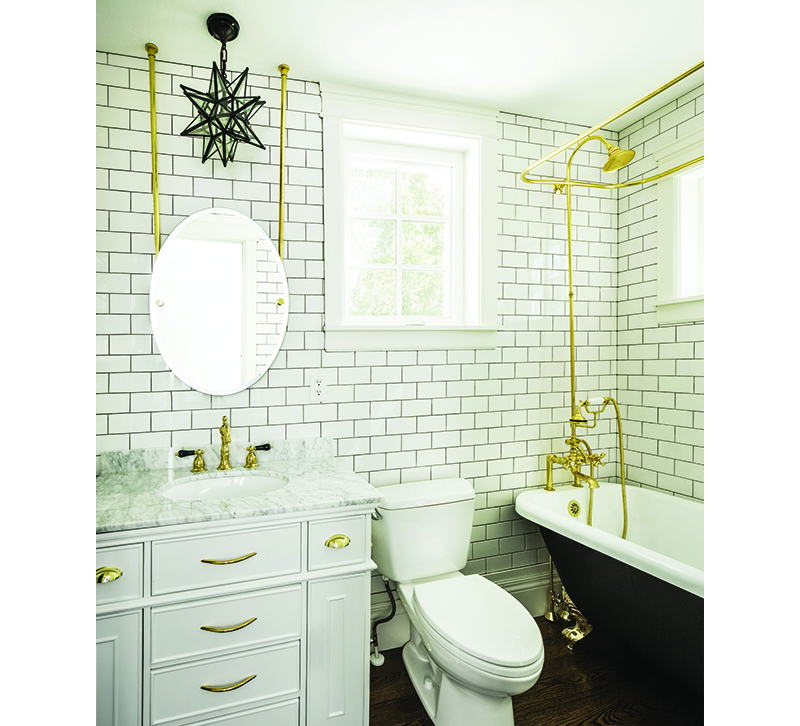
“Sometimes, clients overlook the relationship between the function of a room and the materials inside it,” Fox says. “For kitchens and bathrooms, we are recommending material options such as ceramic subway tiles and marble look-alikes that are highly durable but still give the feel of the real thing. Subway tile is not only more affordable, but also withstands water, heat, and steam much more effectively than natural stone.”
Eilyn Jimenez, Interior Designer, Creative Director, and Founder of Sire Design in Miami, says her clients are looking at surface materials for the impact they play on the space rather than their longevity. They already know the materials will last; they want to know what they will look like over time.
“When it comes to materials, I don’t think this has shifted much in regard to longevity. If anything, clients are looking at materials in a deeper sense when it comes to how it looks, feels, and wears throughout time.” she says. “They want unique, aged materials that will patina.”
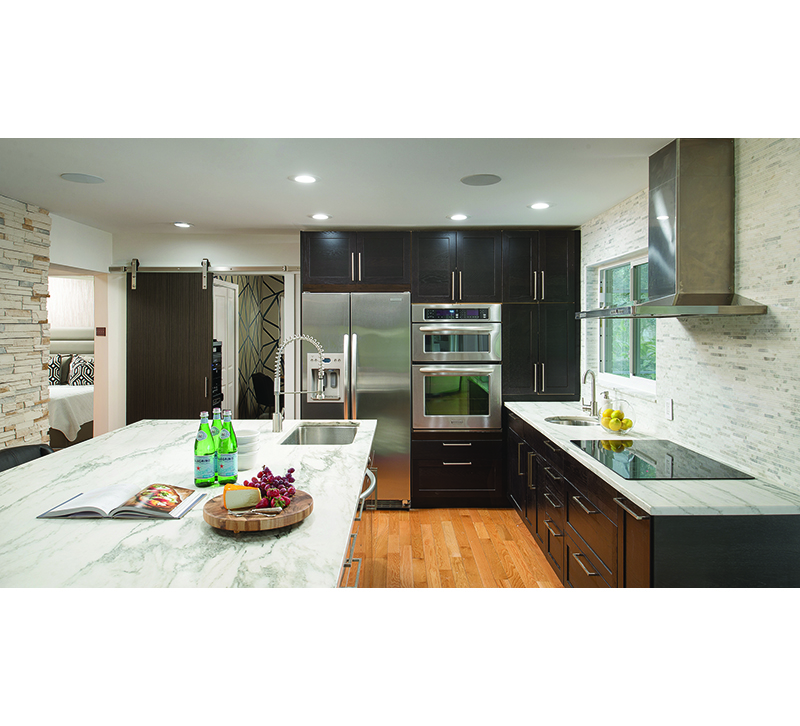
In the kitchen, where hard surfaces are being used for more than just food, durability and cleanliness are priorities. Antibacterial and antimicrobial surfaces, like stainless steel and copper for appliances and natural stone for countertops, are all good choices. Hoffer has started recommending natural stone countertops — quartzite instead of quartz, or lighter colored granite — for their lifespan.
“Quartz has been very popular because people felt like it had the white look of marble, but I’m more pro natural stone from a durability standpoint,” she says. “A natural stone over time seems to be wearing better, plus because it’s natural if you need to buff it or sand it, you can do that versus with quartz.”
Throughout the home, designers are seeing clients asking for features for reasons they never had before the pandemic — more pantry and bathroom storage for backup supplies, emergency generators, and more areas for hand washing and sanitizing, for instance. There’s also been an uptick in clients requesting air purifiers — especially in new builds, says Latham — and upgraded HVAC systems. Split HVAC systems allow occupants to isolate a room or area of the home if someone is sick, and air purifiers that improve indoor air quality give homeowner’s peace of mind that they’re breathing clean air. Even biophilic design trends — bringing touches of the natural world indoors — contribute to cleaner air inside the home, with clients asking for wellness-focused plants that purify the air, according to Galvao.
Lighting is another consideration homeowners are taking note of. Residential lighting design often does not account for a home to be occupied all day, with a full day of tasks taking place under the same lighting conditions. On the other hand, commercial buildings either have more access to natural light or are specifically designed with circadian lighting in mind. As a result, many of us working from home likely have felt the effects of less than-ideal lighting.
“Everybody really wants to have natural light, but it’s not possible in every location of the home,” Latham says.
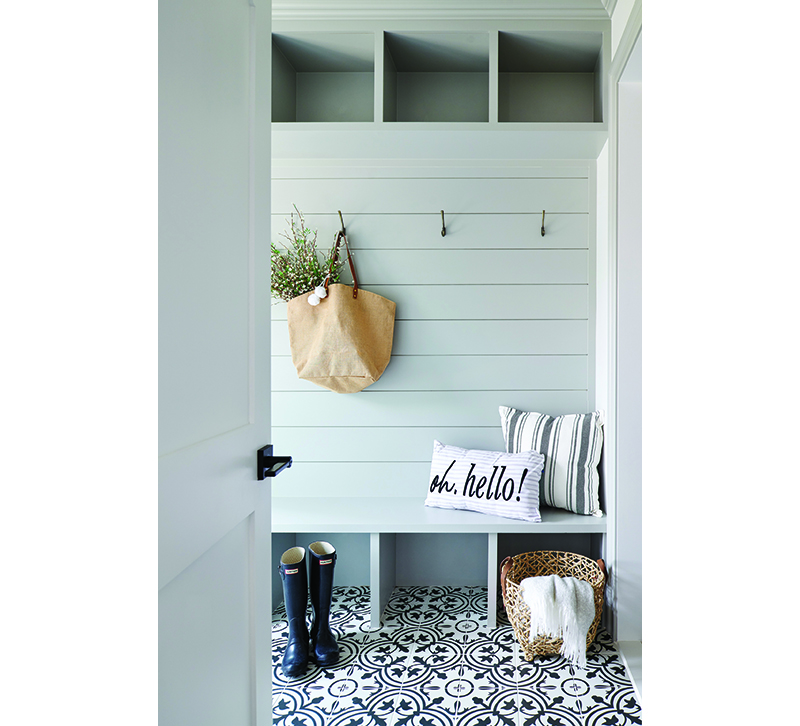
“We’ve had a number of clients say that they want all the values of their lighting to be consistent, when we hardly ever were asked that before. Nobody was really clear on the lighting levels or Kelvins involved in each light fixture, so it’s nice that they’re paying attention to that now.”
The smart lighting market is rife with solutions to allow occupants to adjust color temperature and brightness based on the time of day or task at hand, with bulbs that integrate into existing fixtures. Often these products can be integrated with the same touchless voice-control technology as smart appliances and fixtures elsewhere in the home.
With the new role home is playing in our lives, design professionals have the expertise clients and customers need to recommend materials and products that will stand up to their everyday needs, especially if those needs are greater than they were before.
“The role of a designer is imperative in order to know what features, materials, and other specifications should be taken into account,” says Jimenez. “There are so many design features that can be incorporated into a space to really make the design not only function but look great aesthetically too. This is the importance of hiring a skilled design studio — to bring those materials, and little things our clients often overlook, to life.”



